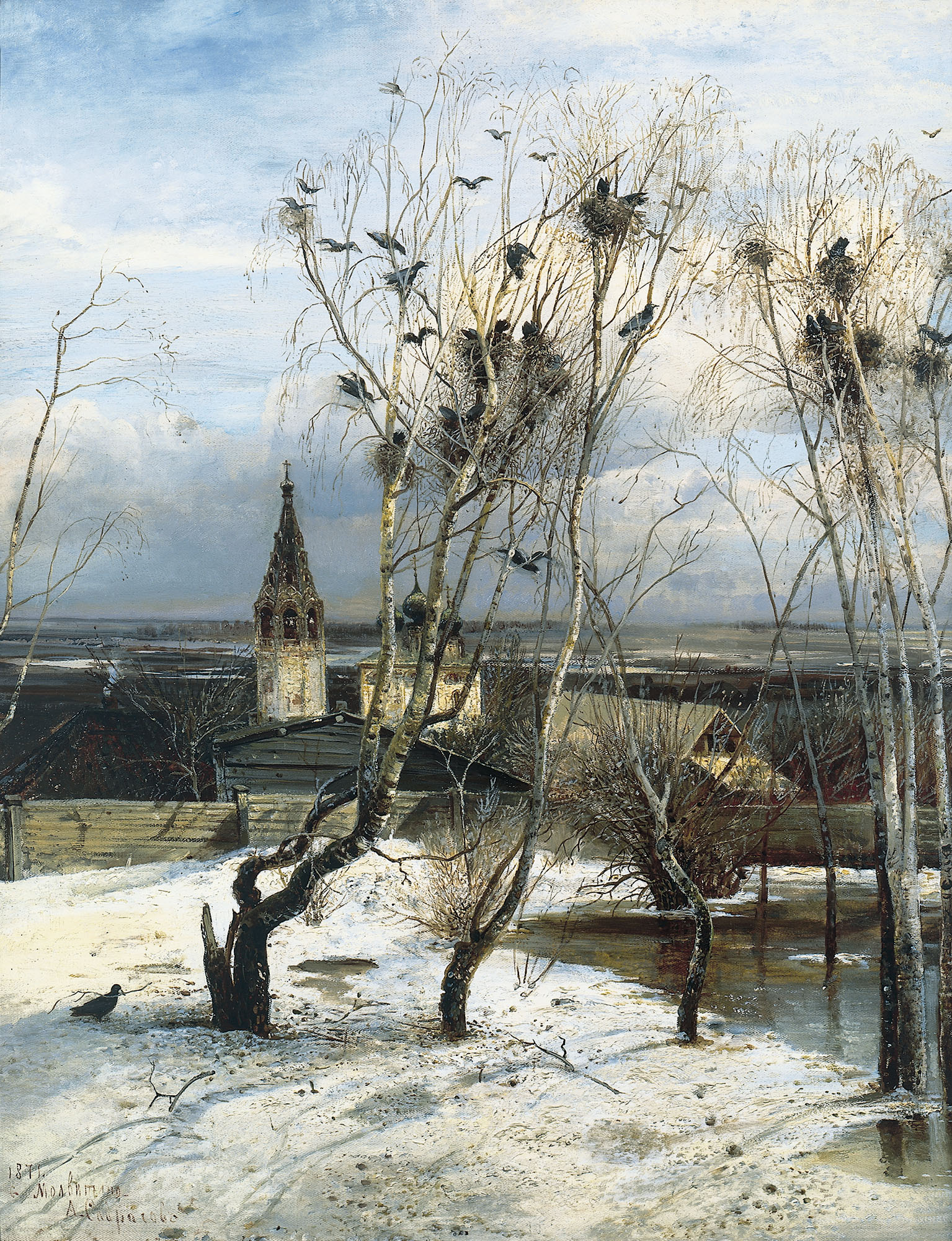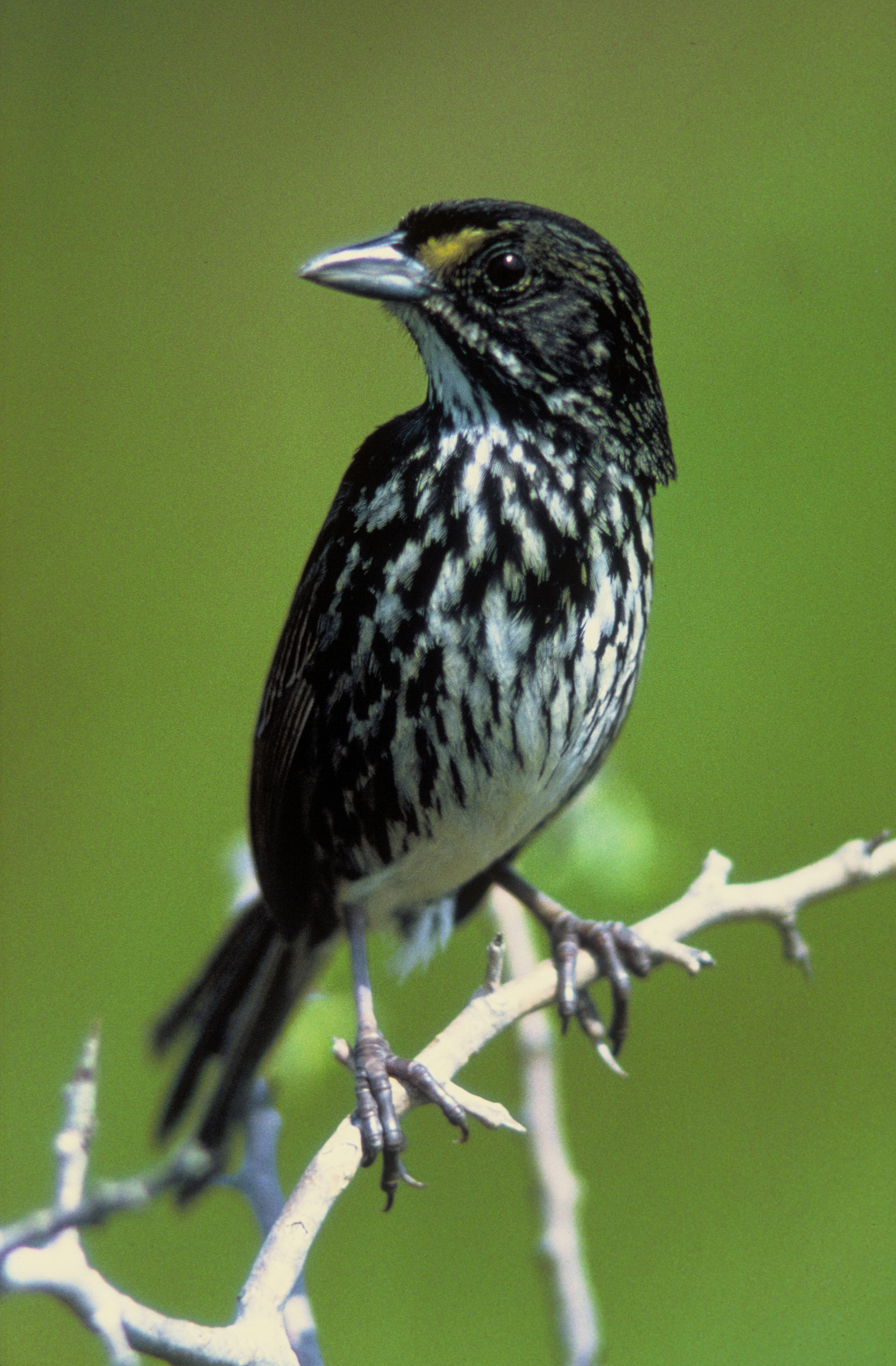|
Anahuac National Wildlife Refuge
The Anahuac National Wildlife Refuge (NWR) is a wildlife conservation area along the coast of Texas (USA), west of the town of High Island, Texas. It borders East Bay, part of the Galveston Bay complex, behind Bolivar Peninsula at the Gulf of Mexico. Established in 1963, this wildlife refuge is located on the upper Texas Coast in Chambers County, Texas, Chambers County. The refuge protects approximately of coastal marsh and Western Gulf coastal grasslands, prairies. The refuge offers opportunities for fishing, waterfowl hunting, paddling, and wildlife viewing. A large network of volunteers contributes thousands of hours in support of the refuge. In the winter, the Anahuac National Wildlife Refuge hosts large concentrations of waterfowl making it a popular site for public hunting. Other signature species are American alligator, bobcat, yellow rail, and American purple gallinule, purple gallinule. Birdwatching, Birdwatchers find the refuge an excellent place to observe Neotropic ... [...More Info...] [...Related Items...] OR: [Wikipedia] [Google] [Baidu] |
Chambers County, Texas
Chambers County is a county in the U.S. state of Texas. As of the 2020 census, its population was 46,571. The county seat is Anahuac. Chambers County is one of the nine counties that comprise Greater Houston, the Houston– The Woodlands–Sugar Land metropolitan statistical area. History Mission Nuestra Señora de la Luz, a Spanish mission in Texas, was established in 1756 near what is now Wallisville. Chambers County was founded in 1858. It is named for Thomas Jefferson Chambers, a major general in the Texas Revolution. In 2019, Atlas Air Flight 3591, a cargo flight operating for Amazon Air, crashed in the Trinity Bay, in Chambers County and near Anahuac, while flying from Miami to Houston. All three people onboard were killed. Geography According to the U.S. Census Bureau, the county has a total area of , of which are land and (31%) are covered by water. The south and southwestern parts of the county lie in the Galveston Bay Area on the shores of Trinity Bay and E ... [...More Info...] [...Related Items...] OR: [Wikipedia] [Google] [Baidu] |
American Purple Gallinule
The purple gallinule (''Porphyrio martinicus'') is a swamphen in the genus ''Porphyrio''. It is in the order Gruiformes, meaning "crane-like", an order which also contains cranes, rails, and crakes. The purple gallinule is a rail (bird), rail species, placing it into the family Rallidae. It is also known locally as the yellow-legged gallinule. The specific name ''martinica'' denotes "of Martinique". Description The purple gallinule is a medium-sized rail, measuring in length, spanning across the wings and weighing . Males, averaging in mass, are slightly larger than females, at on average. An adult purple gallinule has purple-blue Feather, plumage that will shine green and turquoise when in good lighting. Adults also have a pale blue shield on their forehead, which connects with the red and yellow bill. Darkness or low light can dim the bright purple-blue plumage of the adult to make them look dusky or brownish, although the forehead shield color differentiates them from simi ... [...More Info...] [...Related Items...] OR: [Wikipedia] [Google] [Baidu] |
Rookery
A rookery is a colony of breeding animals, generally gregarious birds. Coming from the nesting habits of rooks, the term is used for corvids and the breeding grounds of colony-forming seabirds, marine mammals (true seals and sea lions), and even some turtles. Rooks (northern-European and central-Asian members of the crow family) have multiple nests in prominent colonies at the tops of trees. Paleontological evidence points to the existence of rookery-like colonies in the pterosaur ''Pterodaustro''. The term ''rookery'' was also borrowed as a name for dense slum housing in nineteenth-century cities, especially in London. See also *Auca Mahuevo, for a titanosaurid sauropod dinosaur rookery *Bird colony *Heronry *Rook shooting Rook shooting was a previously popular sport in the United Kingdom, in which young rooks were shot from tree branches, often using purpose-built rifles known as rook rifles. Rook shooting could serve as a form of pest control, a blood sport ... R ... [...More Info...] [...Related Items...] OR: [Wikipedia] [Google] [Baidu] |
Bird Colony
A bird colony is a large congregation of individuals of one or more species of bird that nest or roost in proximity at a particular location. Many kinds of birds are known to congregate in groups of varying size; a congregation of nesting birds is called a breeding colony. Colonial nesting birds include seabirds such as auks and albatrosses; wetland species such as herons; and a few passerines such as weaverbirds, certain blackbirds, and some swallows. A group of birds congregating for rest is called a communal roost. Evidence of colonial nesting has been found in non- neornithine birds ( Enantiornithes), in sediments from the Late Cretaceous (Maastrichtian) of Romania. Variations on colonial nesting in birds Approximately 13% of all bird species nest colonially. Nesting colonies are very common among seabirds on cliffs and islands. Nearly 95% of seabirds are colonial, leading to the usage, seabird colony, sometimes called a rookery. Many species of terns nest in colonie ... [...More Info...] [...Related Items...] OR: [Wikipedia] [Google] [Baidu] |
Triadica Sebifera
''Triadica sebifera'' is a tree native to eastern China. It is commonly called Chinese tallow, Chinese tallowtree, Florida aspen, chicken tree, gray popcorn tree, or candleberry tree. The seeds (as well as from those of '' Triadica cochinchinensis'') are the sources of stillingia oil, a drying oil used in paints and varnishes. The fatty coat of the seeds, used for candle and soap making, is known as stillingia tallow; hence its common name. It is relevant to biodiesel production because it is the third most productive vegetable oil producing crop in the world, after algae and oil palm. The leaves are used as herbal medicine to treat boils. The plant sap and leaves are reputed to be toxic, and decaying leaves from the plant are toxic to other species of plants. The species is classified as a noxious invader in the southern U.S. This species and ''T. cochinchinensis'' were formerly classified in the genus '' Stillingia'', as ''Stillingia sebifera'' and ''Stillingia discolo ... [...More Info...] [...Related Items...] OR: [Wikipedia] [Google] [Baidu] |
Invasive Species
An invasive species otherwise known as an alien is an introduced organism that becomes overpopulated and harms its new environment. Although most introduced species are neutral or beneficial with respect to other species, invasive species adversely affect habitats and bioregions, causing ecological, environmental, and/or economic damage. The term can also be used for native species that become harmful to their native environment after human alterations to its food webfor example the purple sea urchin (''Strongylocentrotus purpuratus'') which has decimated kelp forests along the northern California coast due to overharvesting of its natural predator, the California sea otter (''Enhydra lutris''). Since the 20th century, invasive species have become a serious economic, social, and environmental threat. Invasion of long-established ecosystems by organisms is a natural phenomenon, but human-facilitated introductions have greatly increased the rate, scale, and geographic range of ... [...More Info...] [...Related Items...] OR: [Wikipedia] [Google] [Baidu] |
Habitat
In ecology, the term habitat summarises the array of resources, physical and biotic factors that are present in an area, such as to support the survival and reproduction of a particular species. A species habitat can be seen as the physical manifestation of its ecological niche. Thus "habitat" is a species-specific term, fundamentally different from concepts such as environment or vegetation assemblages, for which the term "habitat-type" is more appropriate. The physical factors may include (for example): soil, moisture, range of temperature, and light intensity. Biotic factors will include the availability of food and the presence or absence of predators. Every species has particular habitat requirements, with habitat generalist species able to thrive in a wide array of environmental conditions while habitat specialist species requiring a very limited set of factors to survive. The habitat of a species is not necessarily found in a geographical area, it can be the interior ... [...More Info...] [...Related Items...] OR: [Wikipedia] [Google] [Baidu] |
Euphyes Bayensis
''Euphyes bayensis'', the bay skipper, is a butterfly of the family Hesperiidae. It is found in coastal Mississippi in the United States. The wingspan The wingspan (or just span) of a bird or an airplane is the distance from one wingtip to the other wingtip. For example, the Boeing 777–200 has a wingspan of , and a wandering albatross (''Diomedea exulans'') caught in 1965 had a wingspan of ... is 37–44 mm. Adults feed on flower nectar. The bay skipper is often confused with the '' Euphyes dion''. References Butterflies described in 1989 Hesperiini {{Hesperiini-stub ... [...More Info...] [...Related Items...] OR: [Wikipedia] [Google] [Baidu] |
Butterfly
Butterflies are insects in the macrolepidopteran clade Rhopalocera from the Order (biology), order Lepidoptera, which also includes moths. Adult butterflies have large, often brightly coloured wings, and conspicuous, fluttering flight. The group comprises the large superfamily (zoology), superfamily Papilionoidea, which contains at least one former group, the skippers (formerly the superfamily "Hesperioidea"), and the most recent analyses suggest it also contains the moth-butterflies (formerly the superfamily "Hedyloidea"). Butterfly fossils date to the Paleocene, about 56 million years ago. Butterflies have a four-stage life cycle, as like most insects they undergo Holometabolism, complete metamorphosis. Winged adults lay eggs on the food plant on which their larvae, known as caterpillars, will feed. The caterpillars grow, sometimes very rapidly, and when fully developed, pupate in a chrysalis. When metamorphosis is complete, the pupal skin splits, the adult insect climbs o ... [...More Info...] [...Related Items...] OR: [Wikipedia] [Google] [Baidu] |
Fulvous Whistling-duck
The fulvous whistling duck or fulvous tree duck (''Dendrocygna bicolor'') is a species of whistling duck that breeds across the world's tropical regions in much of Mexico and South America, the West Indies, the southern United States, sub-Saharan Africa and the Indian subcontinent. It has plumage that is mainly reddish brown, long legs and a long grey bill, and shows a distinctive white band across its black tail in flight. Like other members of its ancient lineage, it has a whistling call which is given in flight or on the ground. Its preferred habitat consists of wetlands with plentiful vegetation, including shallow lakes and paddy fields. The nest, built from plant material and unlined, is placed among dense vegetation or in a tree hole. The typical clutch is around ten whitish eggs. The breeding adults, which pair for life, take turns to incubate, and the eggs hatch in 24–29 days. The downy grey ducklings leave the nest within a day or so of hatching, but the parents contin ... [...More Info...] [...Related Items...] OR: [Wikipedia] [Google] [Baidu] |
Seaside Sparrow
The seaside sparrow (''Ammospiza maritima'') is an American sparrow. Description Adults have brownish upperparts with gray on the crown and nape, and a grayish-buff-colored breast with dark streaks; they have a dark face with gray cheeks, a white throat, and a short, pointed tail. Birds show a small yellow streak just above the eye. A typical seaside sparrow lifespan in 8 to 9 years of maximum. The oldest record of seaside sparrow was an individual male which at least 10 years old, at he recaptured, measure out the age and re-released during the banding operations of South Carolina. Distribution and habitat Their breeding habitat is salt marshes on the Atlantic and Gulf coasts of the United States from southern New Hampshire to southern Texas. The nest is an open cup usually built in the salt marsh on tidal reeds and spartina grasses. Females lay two to five eggs. Breeding Northern birds most often migrate farther south along the eastern coast of the United States. They forage on ... [...More Info...] [...Related Items...] OR: [Wikipedia] [Google] [Baidu] |



_male_in_flight.jpg)

